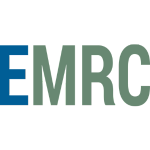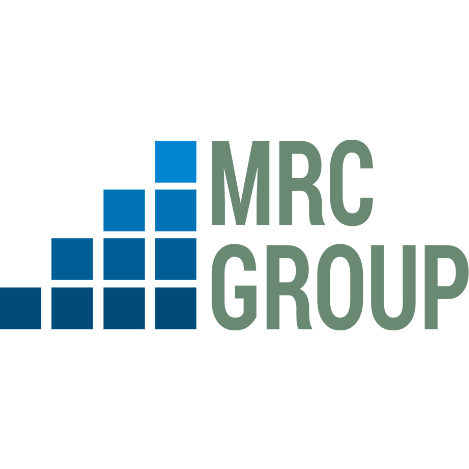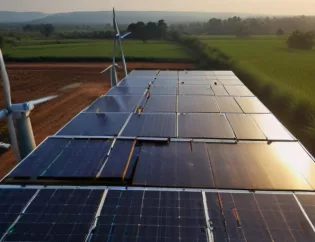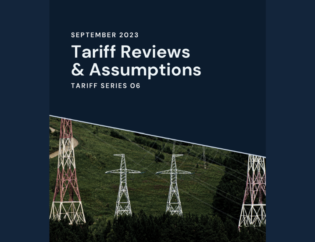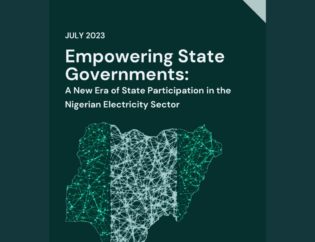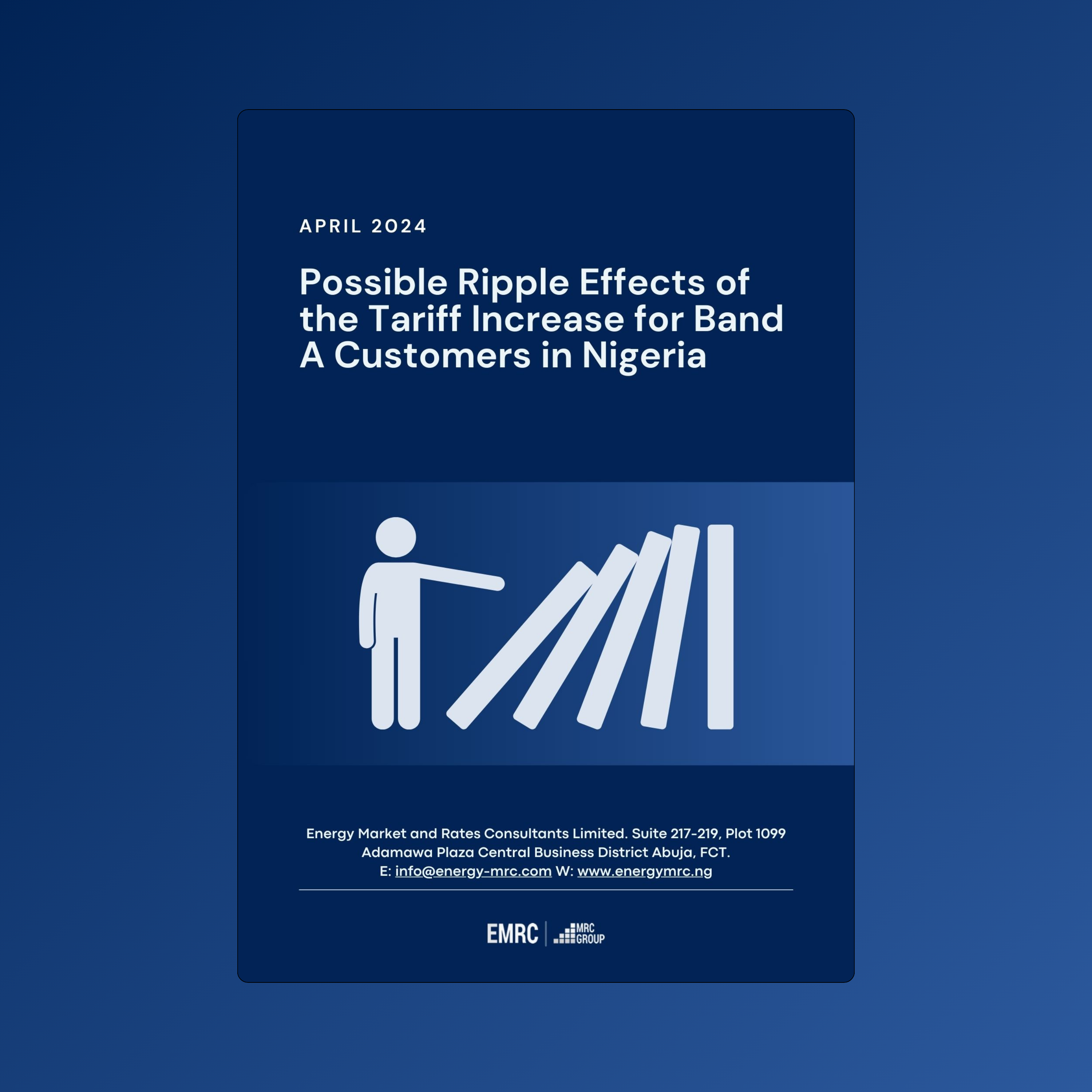
The Nigerian power sector has recently been abuzz with the announcement by the Nigerian Electricity Regulatory Commission (NERC) of a substantial tariff increase for Band A customers, raising the average rate from N68/kWh to N225/kWh, marking a staggering 300% surge. While this increase is part of the Service-Based Tariff (SBT) system introduced in 2020, designed to establish a fairer payment structure based on the reliability of power supply, it has sparked concerns about its unintended consequences.
The SBT system, a significant shift from the previous flat tariff structure, categorizes consumers into five bands (A-E) based on the number of hours of electricity supply they receive daily. Band A customers, fortunate enough to receive over 20 hours of daily supply, find themselves in the highest tariff bracket. While this structure ostensibly aims to incentivize Distribution Companies (DisCos) to improve service reliability by rewarding them with higher tariffs, it also presents a double-edged sword situation.
On one hand, the higher tariffs for Band A customers are intended to encourage DisCos to invest in infrastructure improvements and reduce outages, ultimately benefiting all consumers. However, concerns have been raised regarding the actual hours of supply received by Band A customers and the equitable implementation of the SBT system across different bands. There's a risk that DisCos might prioritize improvements in Band A areas, neglecting those in lower bands who are already struggling with limited electricity access.
For Band A customers, the immediate impact is a significant increase in their electricity bills. While they may enjoy more reliable power, the burden of financing potential improvements and investments by DisCos falls on them initially. The success of the SBT ultimately hinges on whether this increased revenue translates into tangible improvements in service delivery across the board. Only then will the higher tariffs feel justified for Band A customers.
The tariff increase poses several potential ripple effects and challenges for the Nigerian power sector:
- Meter Bypass Surge: There's a risk of a surge in meter bypass as frustrated customers may resort to illegal connections to avoid high bills, leading to revenue losses for DisCos and hindering accurate consumption tracking.
- SBT Implementation Challenges: Concerns exist regarding DisCos' readiness to implement seamless customer band adjustments based on service levels, highlighting weaknesses in billing systems and data management capabilities.
- Limited Generation Capacity: With Band A customers paying higher tariffs, there's a concern that DisCos may prioritize supplying them, potentially leading to reduced supply for customers in lower bands and exacerbating existing inequalities in electricity access.
To mitigate these challenges and ensure the success of the SBT system, strategic initiatives such as investing in smart metering infrastructure, strengthening monitoring and implementation, establishing a customer service improvement fund, promoting energy efficiency initiatives, and bridging the generation gap through renewable energy investments and grid modernization are proposed.
In conclusion, the tariff increase for Band A customers in Nigeria's power sector presents both challenges and opportunities. By addressing these challenges through targeted initiatives and fostering collaboration between stakeholders, Nigeria can move towards a more sustainable and equitable power sector. Transparency, open communication, and consumer empowerment are essential for building trust and ensuring effective functioning of the electricity sector.
